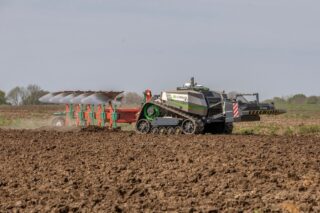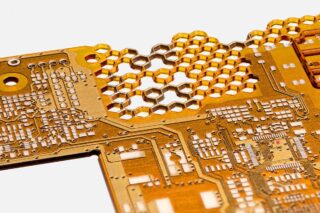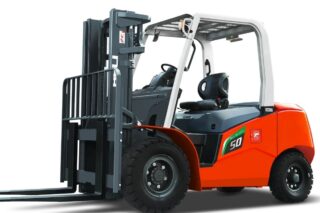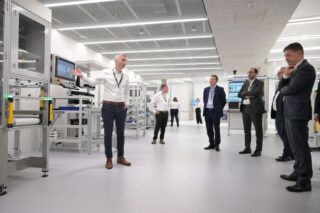Before late 2020, few people outside medical, industrial and academic circles had heard of the ultra-low temperature (ULT) freezers. But when Pfizer announced its vaccine would require storage of -70° C, a world clamoring for a way out of the pandemic developed a newfound interest in ultracold storage. But how do these super freezers work? What are the challenges in producing them? Besides vaccine conservation, what are their other applications?
Dusty Tenney, CEO of US-based Stirling Ultracold, which manufactures three sizes of ULT freezers, operating within -20°C to -86°C, for life science and biopharma research, says:
“As recently observed in Forbes, the COVID-19 pandemic will be remembered as the ‘great accelerator’ of technological trends, despite its overwhelmingly tragic impact on global health and economics. Stirling engine-powered ULT freezers have always had their space within the biosciences but medicine is advancing faster than ever before and ultracold storage is required to commercialize these treatments. We are deeply humbled by the gravity of this pandemic and have scaled our production capabilities to support this unprecedented demand.”
Temperature Critical
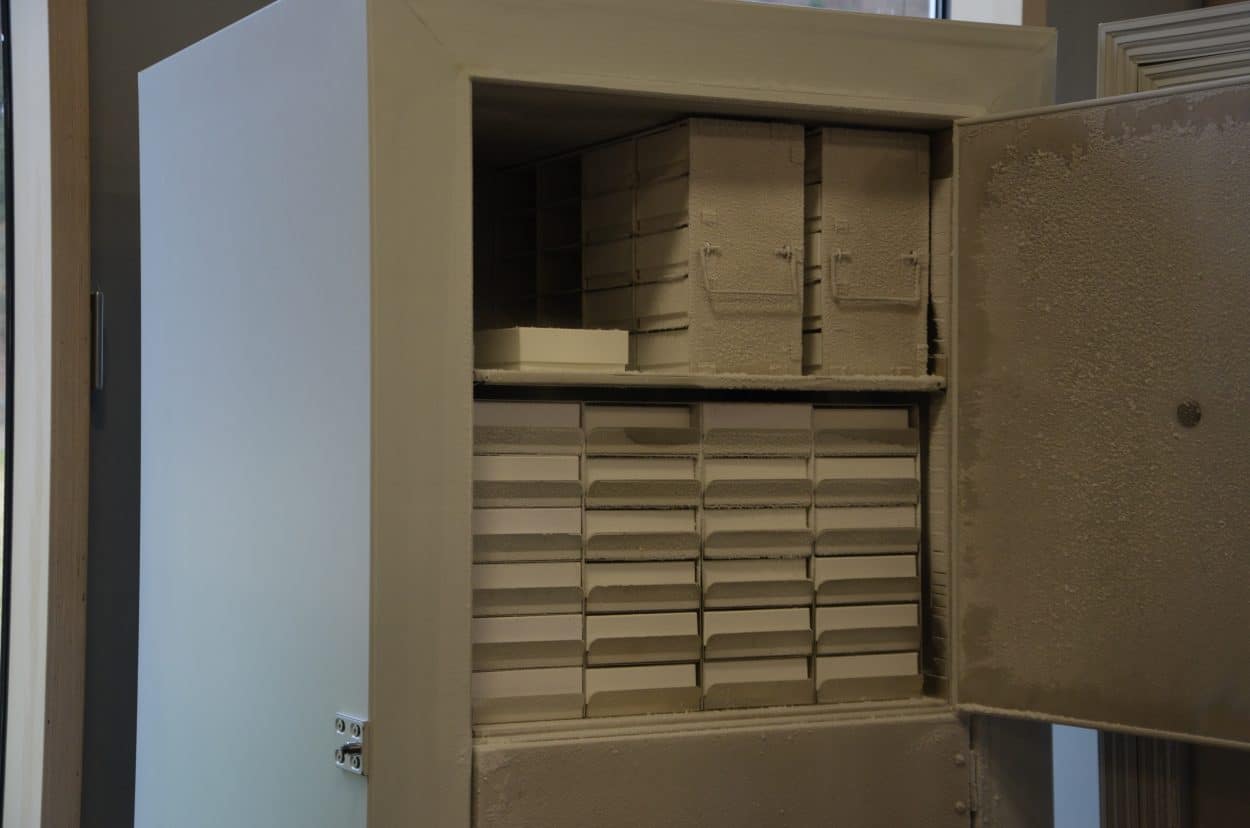
The COVID-19 vaccines requiring ultracold storage to prevent degradation are messenger RNA (mRNA) based, such as the ones developed by Pfizer-BioNTech and Moderna. The mRNA vaccines are a new type of therapy used to protect against infectious diseases. These vaccines teach patients’ cells to make a protein that will trigger an immune response in the body and produce antibodies against the virus for protection from future exposure. They use a short snippet of mRNA with the same code as RNA from SARS-CoV-2, the coronavirus that causes COVID-19.
For Mr. Tenney,
“Great advancements in science take time and mRNA vaccines, like many other advanced therapies, have proven to be very fragile and unstable at refrigerated or room temperatures. The speed to which these vaccines have been brought to market means deep-freezing storage temperatures are required on-site for administration to maximize drug effectiveness. Further stability testing will be required to reduce ultracold storage requirements vaccine, if possible. If stability requirements are lessened, like Pfizer’s recently were [to between -25° C and -15 °C for two weeks], it will most likely be for a short storage length. Anything requiring longer-term storage will still rely on ultracold temperatures for preservation.”
He adds that another vaccine example that requires ultracold storage is the Merck, Sharp & Dohme Ebola vaccine, Ervebo. In addition, ULT freezers also increase shelf-life of vaccines which is critical for global deployment.
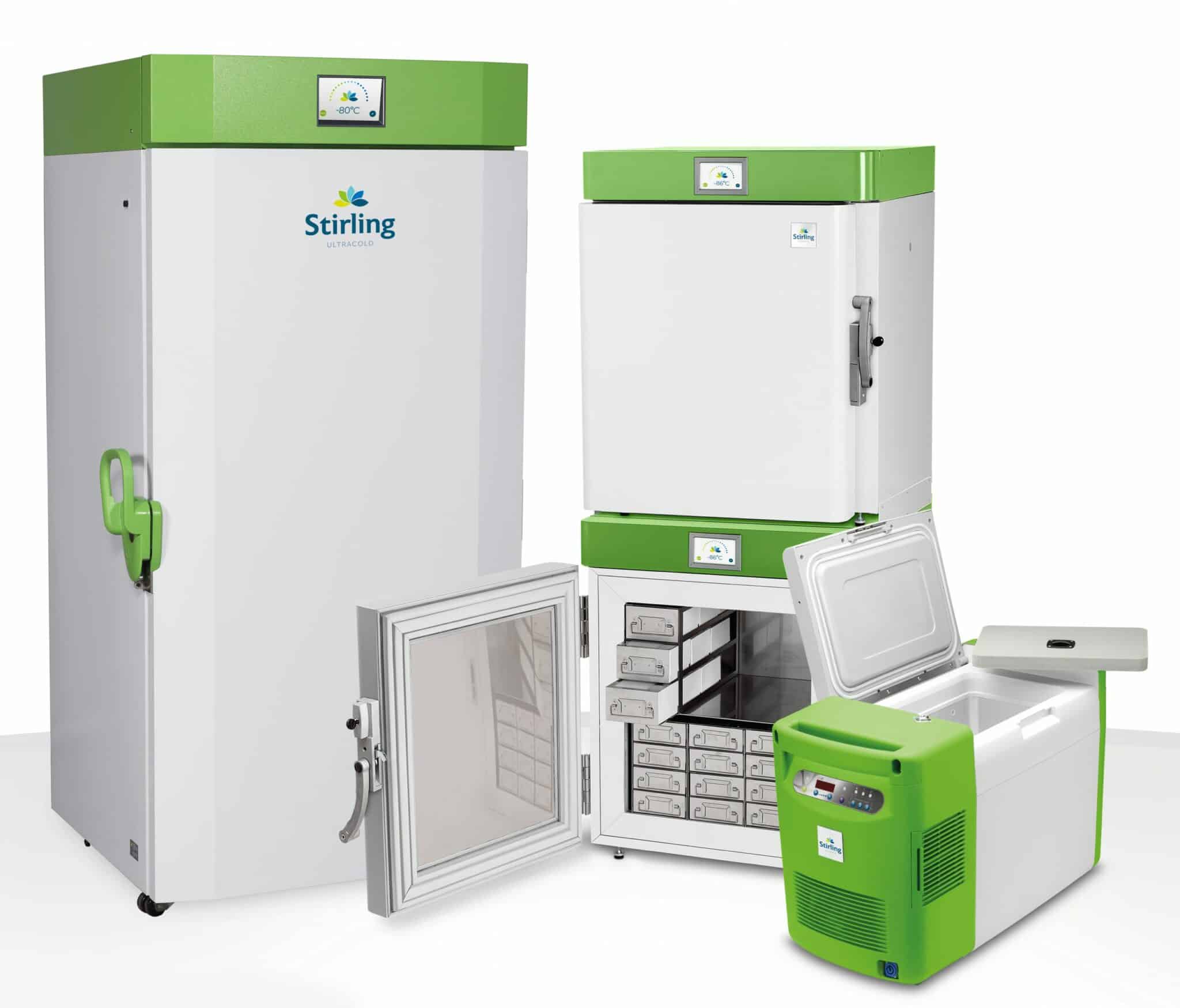
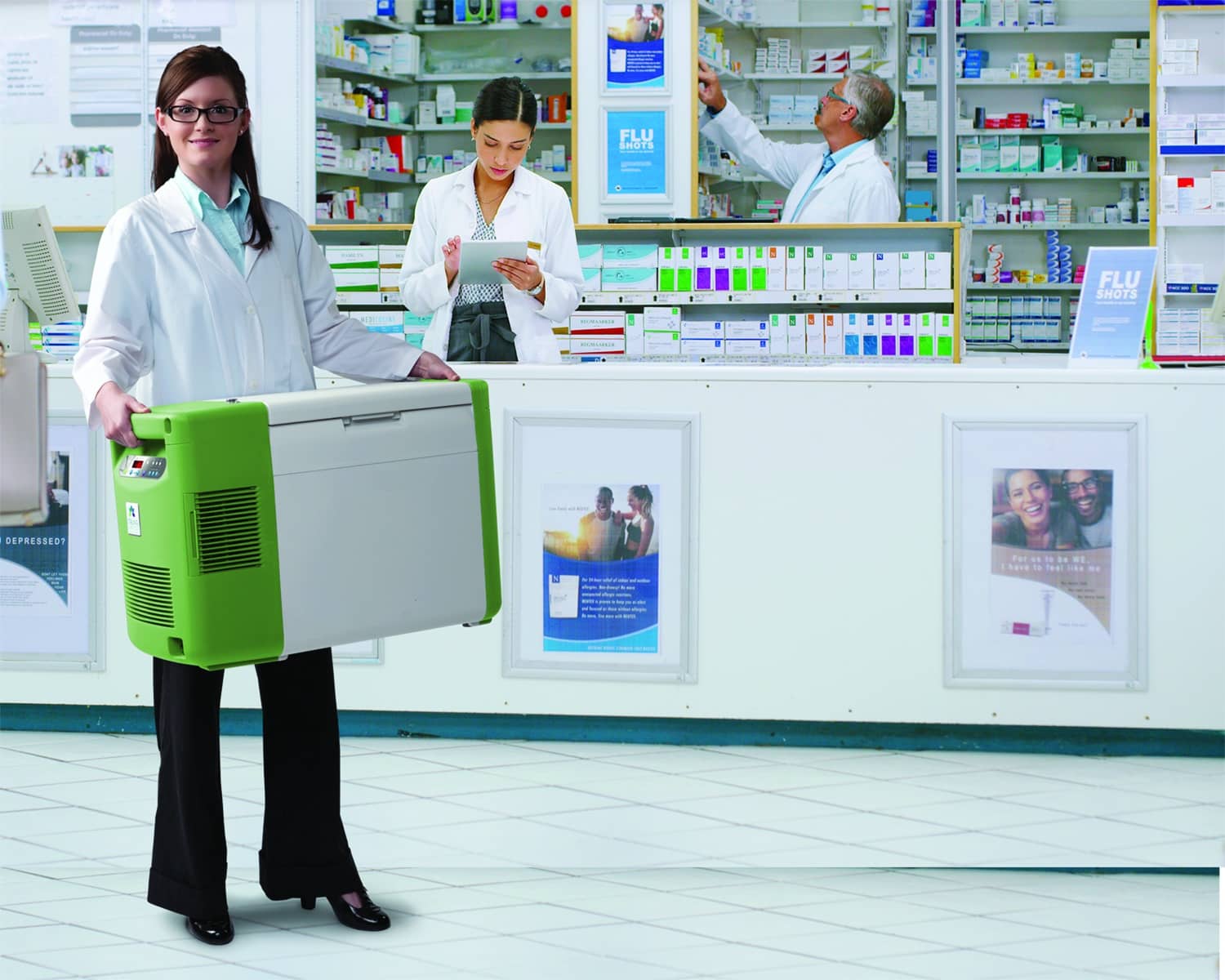
Credit: Stirling
Thermostability Studies
Ultra-low temperatures are often required in the initial stages of vaccine development, says Dan Hensler, Vice President Sales and Marketing, at US-based So-Low Environmental Equipment. So Low has manufactured ULT freezers for academic research, ultra-cold storage, and industrial use cases since 1959 and currently produces upright and chest models.
“To figure out a vaccine’s temperature requirements, a drugmaker will do time-consuming thermostability studies, essentially leaving a vaccine at a certain temperature and studying the results of a test on its stability. That will start at ultra-cold temperatures and then move to regular freezer temperatures and then to a refrigerator range. For example, the Johnson & Johnson vaccine can be stored at 2°C to 8°C, however, it is initially stored frozen by the manufacturer prior to shipment and then thawed.”
Keeping Cool
Binder GmbH manufactures two sizes (550L and 700L) of ULT freezers at its site in Germany. Dr. Jens Thielmann, Product Manager, says that like many other ULT freezers on the market, its models employ a two-stage vapor-compression refrigeration system.
“Nowadays, natural refrigerant gases are used which don’t significantly contribute to the global warming. And to keep the energy consumption to a minimum, highly effective vacuum insulation panels are embedded in PUR foam walls all around.”
Stirling, however, incorporates a design using a reciprocating piston and displacer, along with a continuous, gravity-driven thermosiphon to cool the cabinet interior, says Mr. Tenney:
“The two moving parts never wear because gas bearings eliminate all physical contact during motion, like a puck on an air hockey table. The piston and the displacer, expand and compress helium in the engine, absorbing heat from the thermosiphon, keeping the cabinet cold. Refrigerant is condensed to liquid near the expansion zone of the Stirling engine and then flows through the closed-loop thermosiphon. As heat is absorbed from the interior cabinet of the freezer, it turns to gas, rising back up the thermosiphon where it is cooled back to a liquid and the process repeats.”
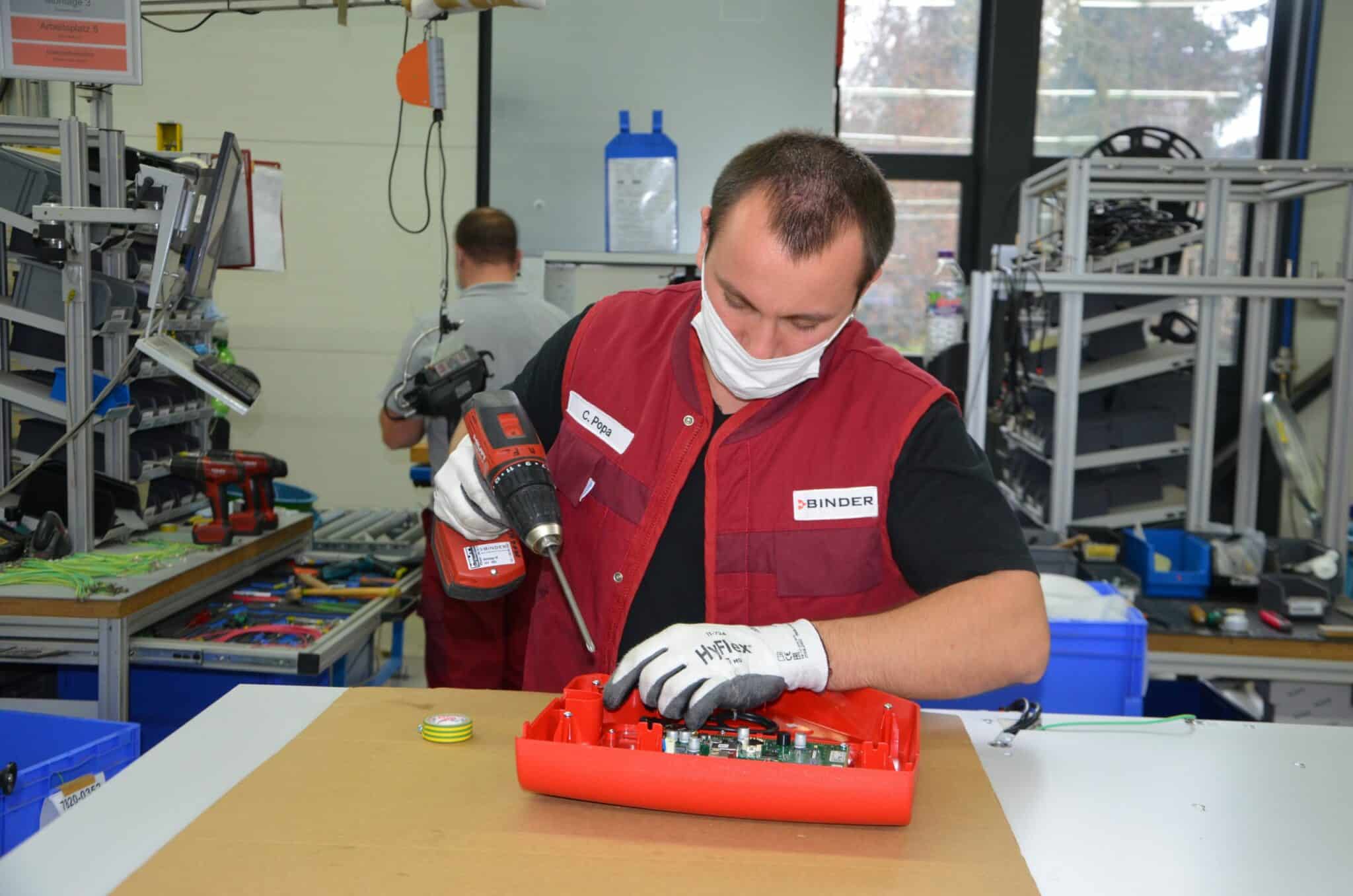
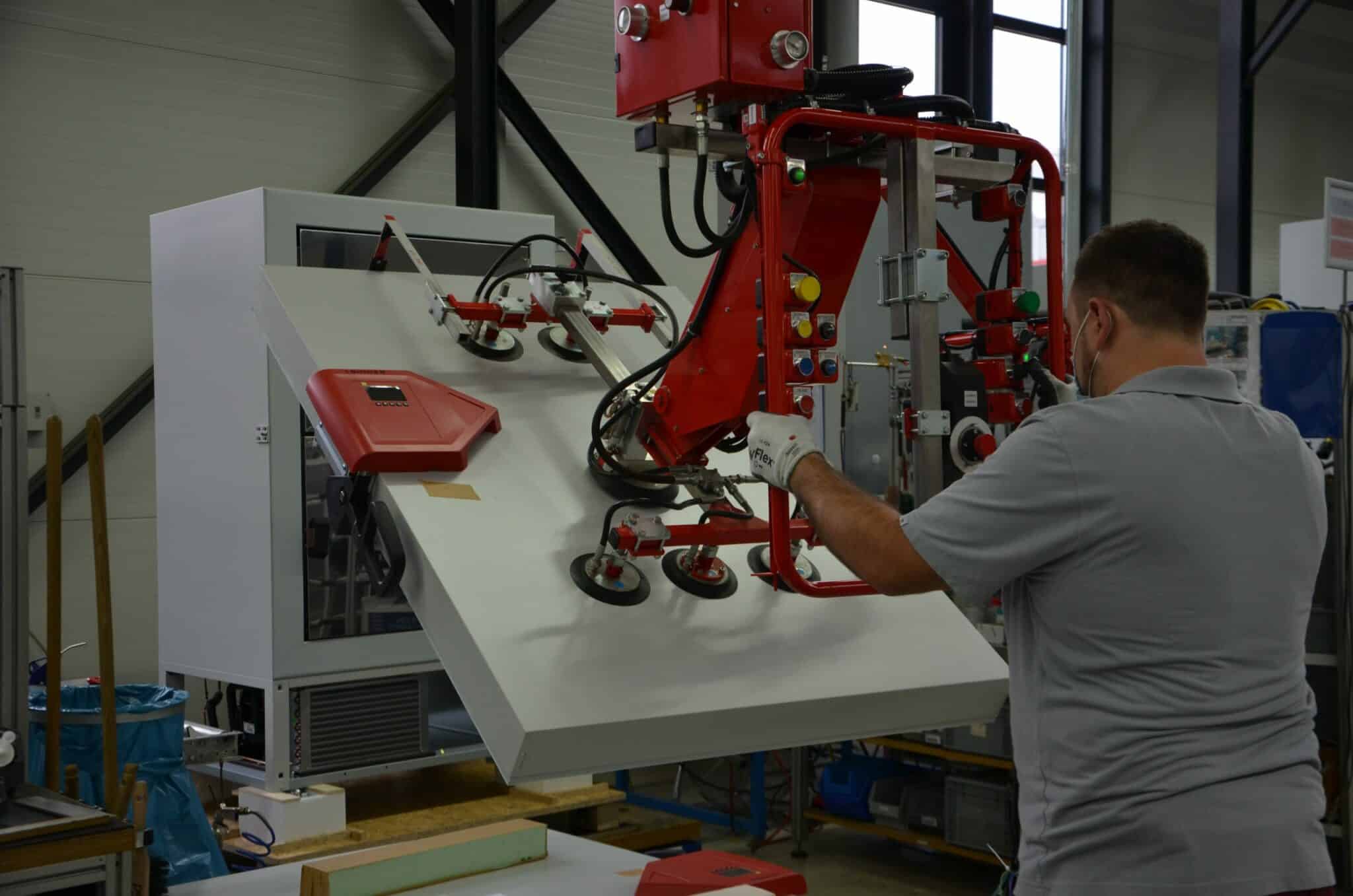
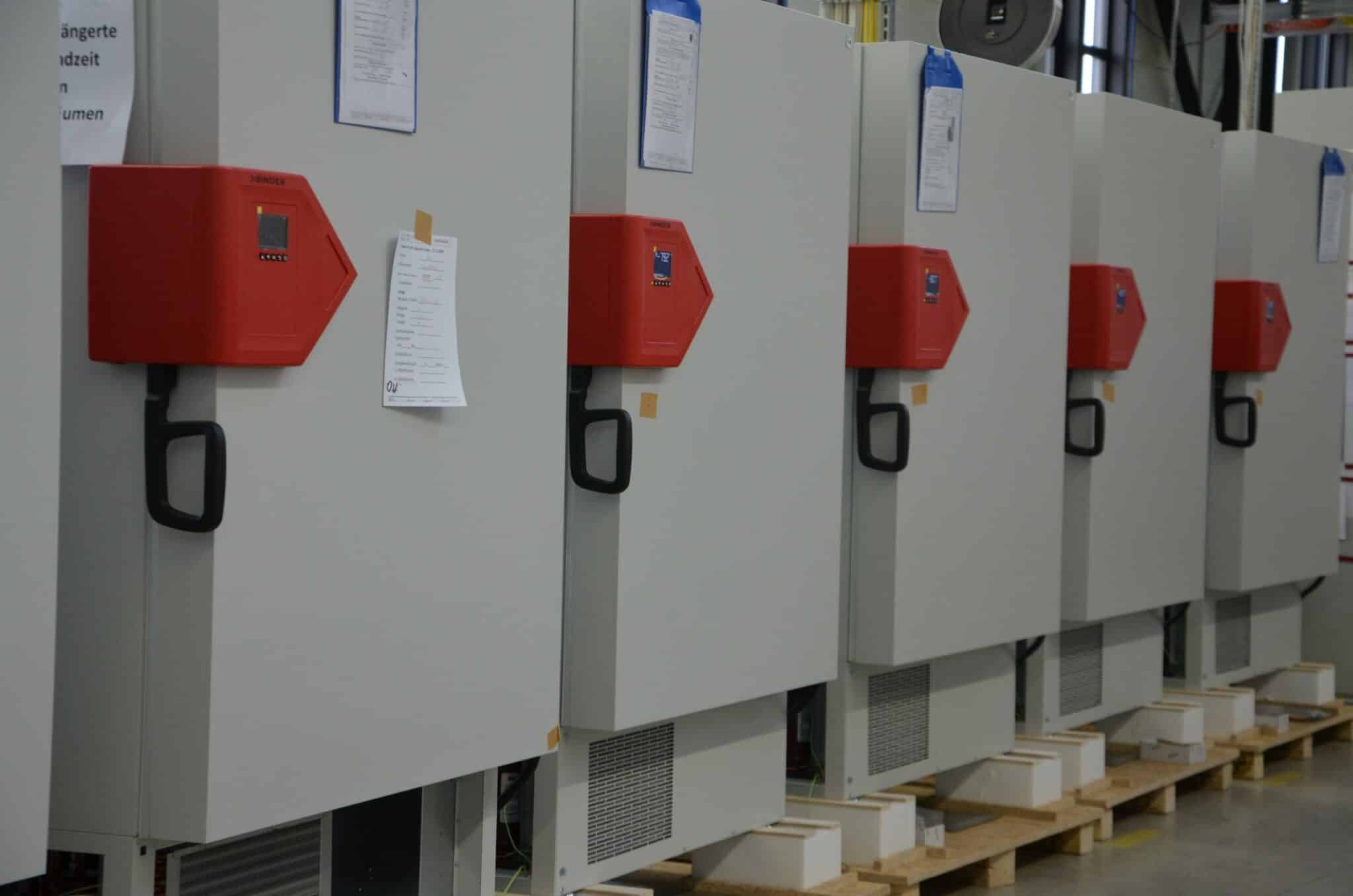
Credit: Binder
Reliable Operation
Sales Manager Roberto Buzzi, of Spain-based Telstar, which also manufactures a comprehensive range of ULT freezers, outlines the challenges faced by producers.
“The first is to design a reliable and robust cooling system. The value of the content of a ULT in a research facility greatly exceeds the cost of a freezer and customers need to be sure they can count on the equipment. Power consumption is currently an aspect that manufacturers must take into consideration and work to improve. Units that are as compact as possible and can be positioned on site easily is another key aspect. ULT freezers require sturdy castors and sometimes must go through standard doors so both height and width or depth are critical.”
The equipment relies on a microprocessor control system that monitors all parameters, while both visual and acoustic alarm systems warn users of any anomalies.
“Often enough units are connected to a digital laboratory management system using an independent temperature probe to signal anomalies remotely, ensuring a local service call is initiated in the shortest time possible. ULTs can also be equipped with safety back-up systems that rely on an independent supply of CO2 or liquid nitrogen to kick-in when the inner temperature drops below a certain set point.”
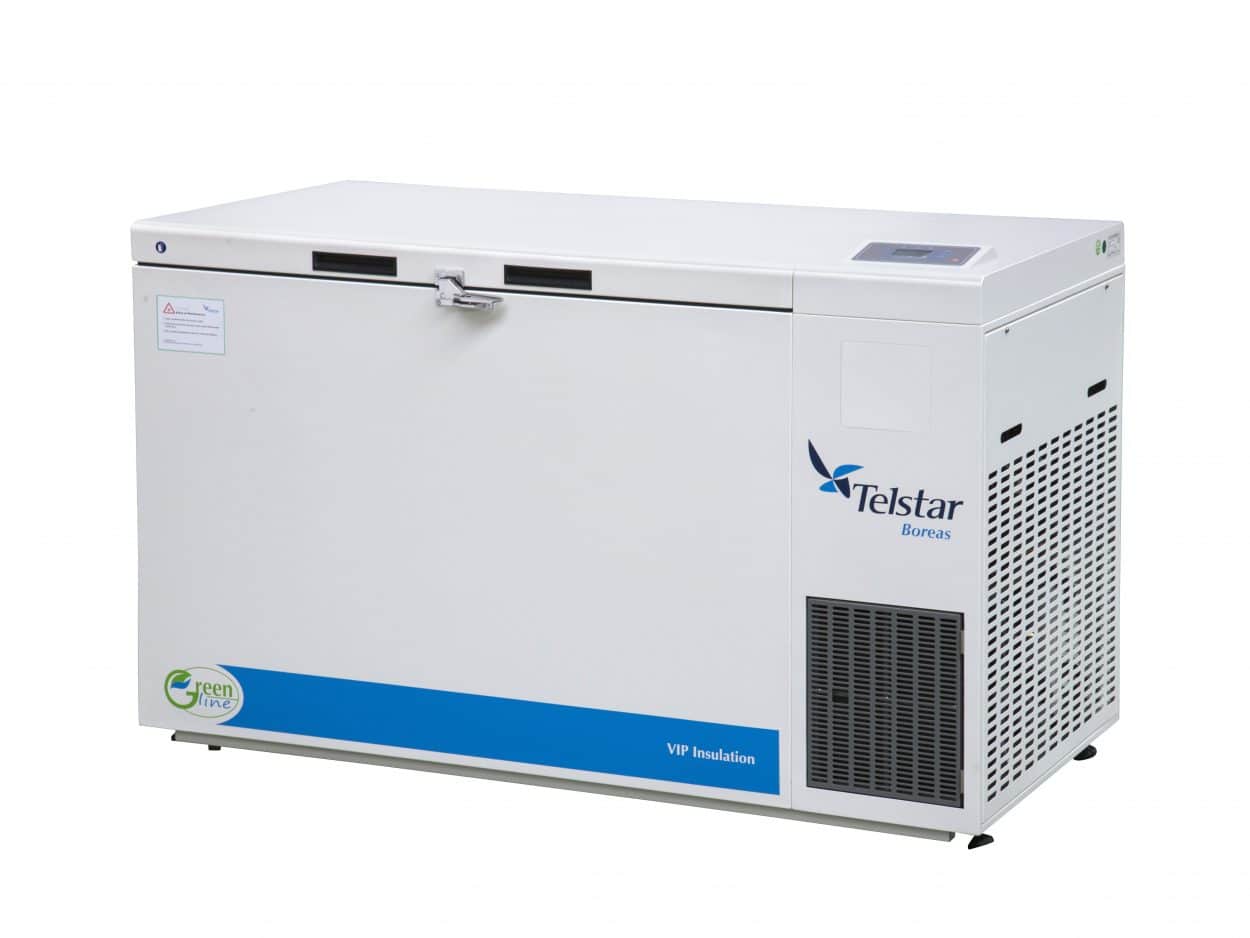
Various Applications
ULT freezers have many other uses: these include the storage of tissue samples, enzymes, and other biological materials in laboratories. They are also used for storage within the food industry, especially for fish, and for the storage and extraction of chemicals for industrial applications. Mr Hensler observes that,
“In the medical cannabis sector, ULT freezers are used in the cannabis extraction process.”
While Stirling Ultracold freezers are primarily for biological use, says Mr Tenney, they also have a role in veterinary medicine, as well as geology and oceanography. But, he stresses:
“I know new demand is rising in microchip processing, petrochemicals and cold metal welding applications, but we are just getting started in those respective markets. We also believe the world of CAR-T [chimeric antigen receptor T-cell] and cell and gene therapies will continue to demand even colder applications and we aim to get there.”






